Somedays are better than others for all of us. There are days that we go out and about and we feel great and ready to seize the day and there are other days where we feel tired and everything annoys us. For some people there are days that are going fine and all of a…


